
- 1-Why Irrigation and Drainage Matter in Landscape Planning
- 2-Key Tips for Planning a Landscape with Efficient Irrigation and Drainage
- 3-Types of Irrigation Systems to Consider
- 4-Effective Drainage Solutions for Your Landscape
- 5-Real-Life Landscaping Success Stories
1. Why Irrigation and Drainage Matter in Landscape Planning
When planning a landscape, it’s essential to consider irrigation and drainage from the start. Without proper planning, you risk facing issues like waterlogging, over-drying, or poor plant health. Efficient irrigation ensures that your plants receive the right amount of water, while good drainage prevents water from collecting in undesired areas, preventing root rot and promoting plant growth. Getting these two aspects right will not only help your plants thrive but will also save you time, money, and effort in the long term.
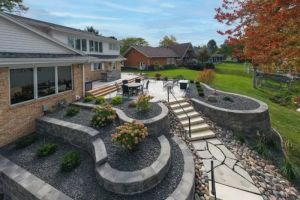
Stuart's Landscaping & Garden Center, Inc
Fond du LacFond du Lac CountyWisconsin
N7820 Lakeshore Dr, Fond du Lac, WI 54937, USA
2. Key Tips for Planning a Landscape with Efficient Irrigation and Drainage
Proper irrigation and drainage planning starts with understanding your garden’s layout, the local climate, and the needs of your plants. Here are a few essential tips to consider:
- Assess Water Flow: Understand how water flows in your garden. Identify the high and low points of your landscape, as water will naturally flow downhill. Ensure that water doesn't pool in any areas.
- Choose Drought-Tolerant Plants: Incorporating drought-tolerant plants can help reduce water demand. Select plants that are well-suited to your climate, and group plants with similar water needs together.
- Incorporate Raised Beds: Raised beds are ideal for areas that have poor drainage. They elevate the soil, ensuring proper water flow and preventing water from pooling around the roots of your plants.
- Optimize Slopes for Drainage: Consider designing your landscape with gentle slopes that allow water to flow naturally into drainage systems or away from areas where excess moisture may cause problems.
3. Types of Irrigation Systems to Consider
Irrigation systems are an essential part of landscape planning, ensuring that your plants receive the necessary amount of water. Here are some options to consider:
- Drip Irrigation: Drip systems deliver water directly to the roots of plants, reducing water waste and preventing evaporation. This is especially useful for trees, shrubs, and flowers.
- Sprinkler Systems: Sprinklers are ideal for lawns and large garden areas. They distribute water evenly and can be customized to suit the size and shape of your landscape.
- Soaker Hoses: These hoses allow water to seep out along their length, providing even moisture to plants over a wide area. They're ideal for flower beds and vegetable gardens.
- Smart Irrigation Systems: For tech-savvy gardeners, smart irrigation systems use weather data and soil moisture sensors to adjust watering schedules, making the system more efficient and eco-friendly.
4. Effective Drainage Solutions for Your Landscape
Along with proper irrigation, good drainage ensures that your landscape remains healthy and free from waterlogging. Some effective drainage solutions include:
- French Drains: A French drain consists of a perforated pipe placed in a trench, which directs water away from areas where it can pool. This is ideal for preventing water accumulation in low-lying areas.
- Swales: Swales are shallow, vegetated ditches designed to slow down and absorb water runoff. They help control drainage on sloped properties and direct water to areas where it can be absorbed by plants.
- Dry Creek Beds: These are aesthetic yet functional drainage features that mimic natural water flow. They can help manage stormwater runoff while adding a unique design element to your landscape.
- Permeable Pavers: Using permeable materials for patios, driveways, or walkways allows water to flow through the surface, reducing runoff and helping with natural water absorption.
5. Real-Life Landscaping Success Stories
Many homeowners have successfully implemented efficient irrigation and drainage solutions in their landscapes. For example, a homeowner in Florida designed their garden with a rain garden, swales, and permeable pavers. Not only did this design enhance the beauty of their landscape, but it also helped manage water runoff from frequent storms. Similarly, a couple in California used drip irrigation to maintain their vegetable garden, drastically reducing water usage while growing a bountiful harvest.
These real-life cases highlight the importance of planning your landscape with both irrigation and drainage in mind. By combining the right plants, water management systems, and drainage features, you can create a landscape that is both beautiful and efficient.
For more ideas and tips on landscape planning, visit Beautiful Landscapes, your one-stop shop for the best products, services, and recommendations for your garden.



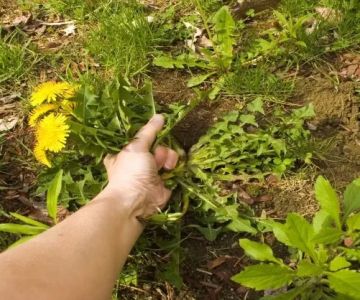
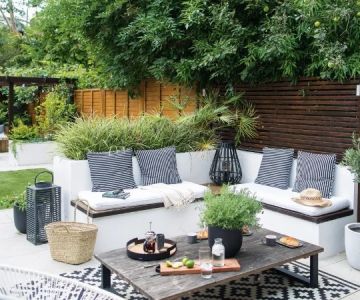

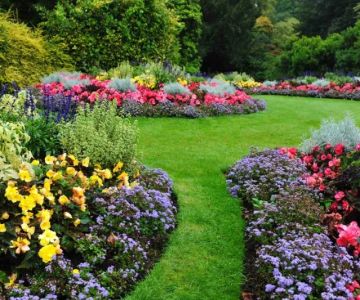
 Dutch Touch Lawn Services & Dutch Touch Greenhouse2.0 (3 reviews)
Dutch Touch Lawn Services & Dutch Touch Greenhouse2.0 (3 reviews) PH Landscape LLC5.0 (21 reviews)
PH Landscape LLC5.0 (21 reviews) Precision Landscaping LLC5.0 (16 reviews)
Precision Landscaping LLC5.0 (16 reviews)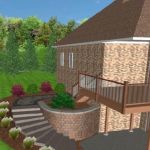 Next Level Landscaping LLC5.0 (16 reviews)
Next Level Landscaping LLC5.0 (16 reviews) C & H Mowing4.0 (3 reviews)
C & H Mowing4.0 (3 reviews)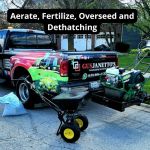 Gusjanettos Landscaping5.0 (9 reviews)
Gusjanettos Landscaping5.0 (9 reviews) How to Attract Birds & Butterflies to Your Landscape
How to Attract Birds & Butterflies to Your Landscape How to Landscape a Rooftop Garden for Relaxation | Beautiful Rooftop Designs
How to Landscape a Rooftop Garden for Relaxation | Beautiful Rooftop Designs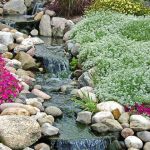 Best Ground Covers for Slopes & Erosion Control: Affordable and Effective Solutions
Best Ground Covers for Slopes & Erosion Control: Affordable and Effective Solutions How to Create a Landscape That Grows With Your Family
How to Create a Landscape That Grows With Your Family How to Use Garden Art to Add Personality to Your Outdoor Space
How to Use Garden Art to Add Personality to Your Outdoor Space How to Design for Low-Light Outdoor Areas
How to Design for Low-Light Outdoor Areas